
From market launch to industrial manufacturing, the era of humanoid robots is coming

China’s rich application scenarios will be the best training ground for the development of humanoid robots.
On December 29, 2023, UBTECH was officially listed on the Hong Kong Stock Exchange. At the listing ceremony, a highly technological appearance was made - the humanoid robot Youyou (in the shape of a panda) walked up the steps onto the stage and handed the gong hammer to Zhou Jian, chairman of the board of directors, executive director and CEO of UBTECH. , another humanoid robot Walker S made his debut, holding another gong hammer, and sounded the opening gong together with Zhou Jian.
This gong is not only the first time in human history for a humanoid robot to hit the market, it also means that the door to more scenarios for the humanoid robot industry is about to be opened. A robot and a human being will be physically present. An era of deeper integration in the world has also begun. On the first day of listing, UBTECH's share price rose to HK$93.45, with a market value approaching HK$39 billion.
In the past, many people’s impressions of humanoid robots may have been their high cost and slow implementation. But in fact, as related technologies have gradually matured in recent years, humanoid robots are accelerating their implementation, and more and more companies have begun to enter the industry. Among them, UBTECH, which has been established for 11 years, is promoting the commercialization of humanoid robots through its own attempts. The great era of humanoid robots may be just around the corner.
01
Humanoid robots are no longer just “conceptual products”
When humanoid robots can walk up the steps, enter the hall of the Hong Kong Stock Exchange, and ring the listing gong, it not only means the listing of a new company, but also the arrival of a new stage and a new era - humanoid robots have already From the concept stage to the implementation stage. This unique listing ceremony is a typical example of this process.
Let’s first review the development paths of humanoid robots and other types of robots.
Humanoid robots are not “humanoid” from the beginning. Take Honda, which was the first to develop humanoid robots, as an example. The ASIMO robot prototype developed by Honda in 1986 actually only had one pair of legs and was a bipedal prototype that could only walk in a straight line. Seven years later, a trunk and two legs were added in 1993. Only with two arms can it have the basic appearance of a humanoid robot, but it cannot perform complex movements. Honda then spent a long time introducing communication aids and early intelligent devices to enable the robot to gradually recognize humans and simply interact with them.
Honda has the legs first, then the torso and arms. Founded in 2012, UBTECH has also gone through an evolutionary process. With the official debut of Walker S, UBTECH's large humanoid robot Walker series has been iterated to the fifth generation.
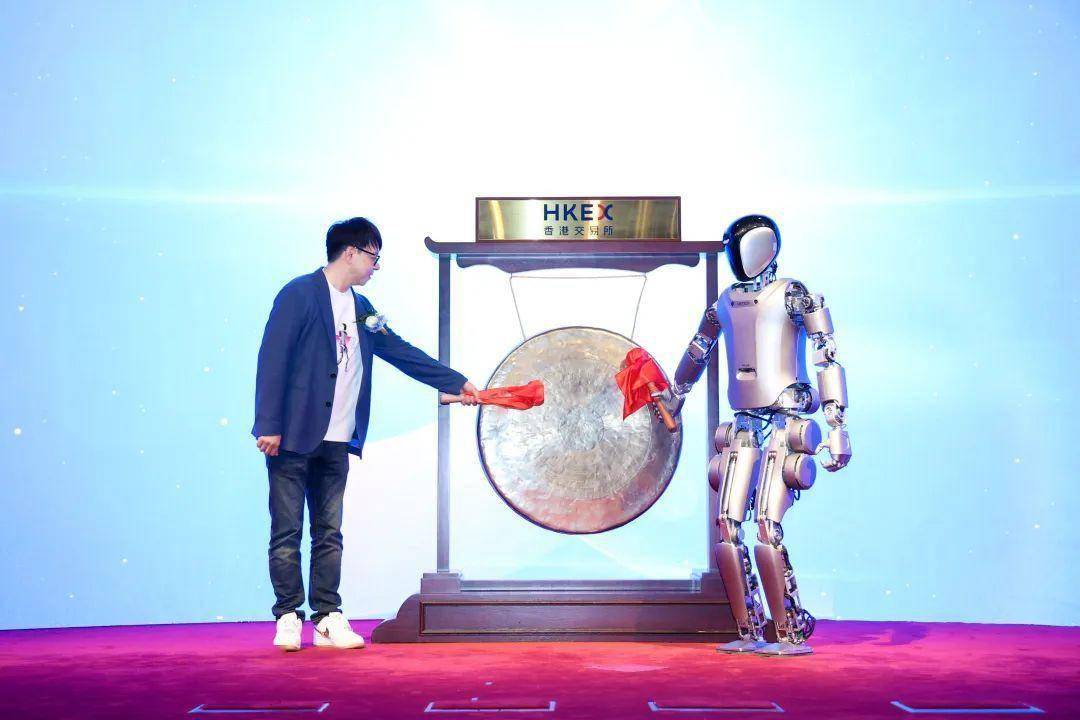
But unlike Honda and other companies, UBTECH has more successful commercialization examples and exploration attempts of humanoid robots. In addition to the implementation of the product itself, UBTECH is also exploring the application of humanoid robot-related technologies in other business sectors of the company, thus forming a "technology-business" positive feedback cycle.
Upon product launch, Walker Walker has also implemented many cases in the fields of domestic science and technology exhibition halls, exhibition hall guides, film and television variety shows, artificial intelligence education and scientific research and development. In the field of industrial manufacturing, UBTECH humanoid robot Walker X has been trained and tested in smart factory scenarios, and is mainly used for SPS (Set Parts System) intelligent sorting and aging testing.
At the same time, UBTECH's research and development in humanoid robot motion control, intelligent servos, voice interaction, U-SLAM navigation, intelligent vision, etc. are also being reused in a large number of other types of robots, which has also brought about the company's overall Product line technology and customer experience improvements.
While promoting product launch, UBTECH is also strengthening the accumulation of humanoid robot-related technologies to provide technical support for product launch.
People's Daily Online Research Institute's "Humanoid Robot Technology Patent Analysis Report" shows that UBTECH is the company that holds the largest number of valid humanoid robot technology patents worldwide. In the process of shifting the global center of humanoid robot research and development from Japan to China and the United States, UBTECH has also played an important contribution.
The accumulation of humanoid robot technology has allowed UBTECH to quickly iterate its own products based on technological progress - the first-generation Walker humanoid robot launched in 2018, which has only legs and no arms, but can already go up and down stairs. , object recognition, playing football and other actions; the new generation of Walker in 2019 has already added arms and heads in just one year, and has been greatly upgraded in terms of the torque, power, and driving methods of the servo; 2021 The Walker Walk S series for industrial manufacturing applications.
From repetitive tasks to interactive tasks, from simple voice interaction to complex walking guidance, gesture interaction, more anthropomorphic actions, etc., UBTECH’s continuous innovation in the field of humanoid robots is not only about technology The challenge is a new interpretation of future intelligent lifestyle and human-computer interaction.
02
Rich application scenarios in China
will be the best training ground for the development of humanoid robots
Zhou Jian once said at the 2023 World Robot Conference that UBTECH focuses on the three major application scenarios of humanoid robots, including industrial manufacturing, commercial services and family companionship. Among them, intelligent manufacturing will become the first large-scale application field of humanoid robots. Humanoid robots will redefine workers in the AI era and free people from repetitive labor; commercial service scenarios are the fastest application market for humanoid robots, and The home landing scenario is the most potential application market for humanoid robots.
As the world's largest industrial producer, China has a large population and a strong social innovation atmosphere. Humanoid robots have rich application scenarios in various industries, such as maintenance, repair, transportation, cleaning, security, rescue, and guardianship. As well as medical care, elderly care, rehabilitation, disability assistance and other work, they all provide a broad and diverse stage for the development of humanoid robots. In fact, UBTECH is also China's largest supplier of educational intelligent robots, with a market share of 22.5% in 2022.
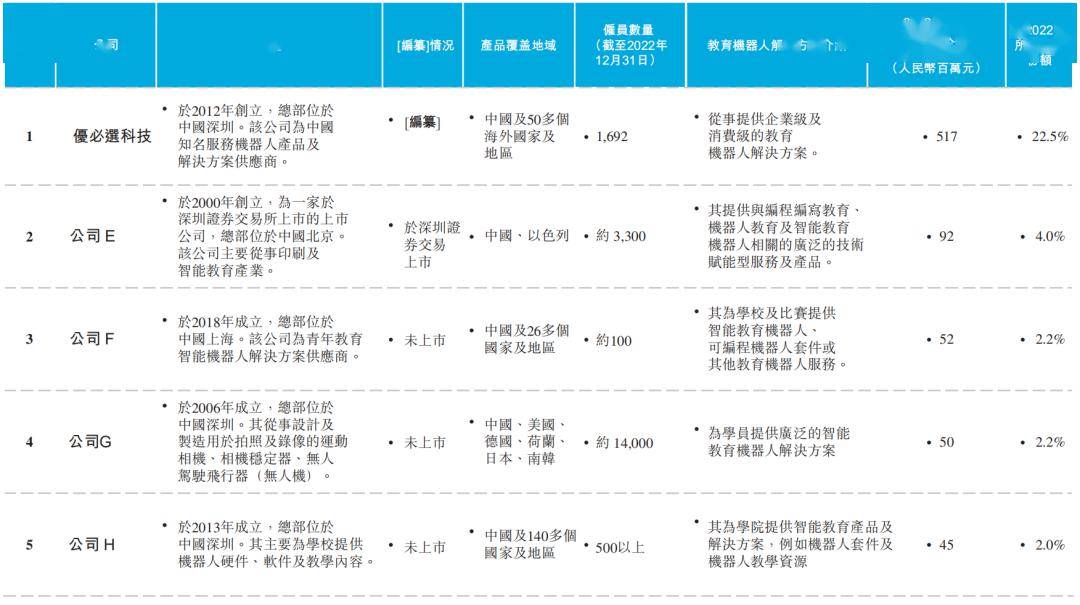
From intelligent teaching assistants in education to auxiliary treatment robots in medical rehabilitation; from house assistants and robot nannies in family life scenes to service receptionists in commercial environments; to public safety, emergency rescue and industry Human-machine collaborative work on the production line, each segment can put forward specific requirements for technological innovation and functional improvement of humanoid robots.
China has the largest industrial chain system in the world with the most complete categories and complete supporting facilities. The robot industry has basically formed a full industrial chain system from parts to complete machines to integrated applications, from industrial robots to service robots. When it comes to humanoid robots, China’s industrial chain needs and robot manufacturing capabilities actually complement and achieve each other.
On the one hand, these industrial chain needs can hone robots with stronger practicality, logical ability, and judgment ability, and promote the development of robot capabilities to a higher level: from fixed to mobile, from rigid to flexible, from mechanical to intelligence, from independence to collaboration, from singleness to universality.
On the other hand, robot companies need to step by step create robots that meet flexible needs based on China's industrial chain needs and can transform from auxiliary tools to independent roles, from performing simple tasks to solving complex problems, from relying on human-computer interaction to A humanoid robot with certain autonomous decision-making capabilities.
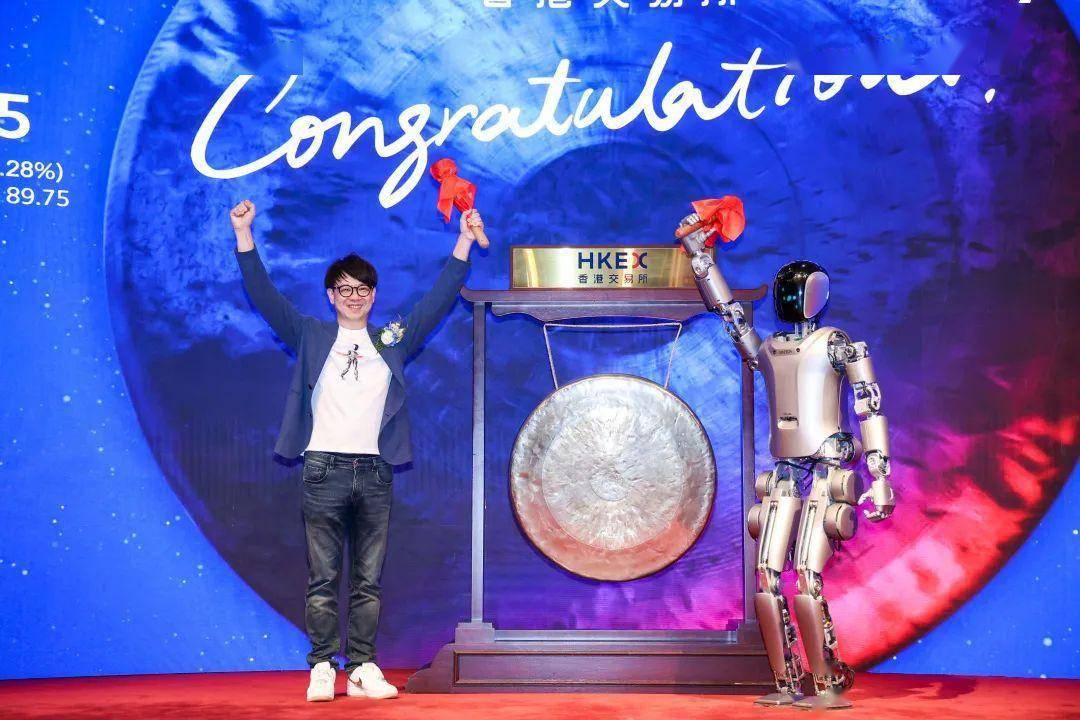
Humanoid robots with high-level capabilities cannot be created overnight, and require many iterations to achieve. In the future, the evolution of humanoid robots will further expand to emotional understanding and expression, creative content generation, and proactive completion of new tasks.
In fact, since 2013, China has been the largest market for industrial robots in the world, but the density of industrial robots in the manufacturing industry is still very low. On the one hand, the domestic industrial robot market still has huge potential; on the other hand, in service robots In this field, the market potential is far from being explored. Humanoid robots that can adapt to unstructured environments, actively make decisions, and complete corresponding tasks, just like Ubisoft's Walker series, have just begun to be used in industry and service industries.
The prospectus of UBTECH mentioned that it has more than 30 product series; as of June 30, 2023, UBTECH has served more than 50 countries and regions around the world, has more than 900 corporate customers, and has Over 760,000 robots sold.
Hundreds of thousands of robots are far from the ceiling. Goldman Sachs predicts that the market size of humanoid robots is expected to reach US$154 billion by 2035.
In particular, China's manufacturing industry is still developing rapidly, and the economic structure is still transforming towards high-end. No country can replace China's industrial size advantages and high-end industrial trends. As my country enters an aging society, the demand for medical treatment, nursing and rehabilitation increases. Regardless of industry or service fields, the development of humanoid robots will show broad application prospects.
Of course, in the past, the implementation of humanoid robots such as Honda ASIMO was not successful, and some people suspect that now is still not a good time to develop humanoid robots.
"The best time to plant a tree was ten years ago, followed by now." For the humanoid robot industry, even if ten years ago was not the best time, now is still the best time.
If the research in the 1980s and 1990s was too early and the researchers were too ahead of the times, they became "martyrs"; but now that the humanoid robot research center has been moved to China, it still maintains the avoidance of the past. If you invest too early in the thinking of "carving a boat for a sword", you will most likely miss out on the new wave of development dividends of humanoid robots.
At the same time, government support and a good policy environment have also injected strong impetus into the development of the humanoid robot industry.
In October this year, the Ministry of Industry and Information Technology issued the "Guiding Opinions on the Innovation and Development of Humanoid Robots", positioning humanoid robots as "integrating advanced technologies such as artificial intelligence, high-end manufacturing, new materials, etc., and is expected to become the next generation of computers, smartphones, and new technologies." "Disruptive products after energy vehicles will profoundly change human production and lifestyle and reshape the global industrial development pattern." It is also a far-sighted vision of the rich future implementation scenarios of the humanoid robot industry.
The opinions also plan to initially establish a humanoid robot innovation system by 2025, cultivate 2 to 3 ecological enterprises with global influence and a group of specialized small and medium-sized enterprises; in 2027, the comprehensive strength will reach the world's advanced level and become an important a new engine of economic growth.
On November 2, Beijing Humanoid Robot Innovation Center Co., Ltd. was officially established in the Robot Innovation Industrial Park of the Economic Development Zone. It plans to carry out five key tasks including prototypes of universal humanoid robots and universal large models of humanoid robots. This is the country’s first provincial-level humanoid robot innovation center, jointly held by Beijing Xiaomi Robot Technology Co., Ltd., Beijing UBTECH Intelligent Robot Co., Ltd., and Beijing Jingcheng Mechanical and Electrical Industry Investment Co., Ltd., and its legal representative is UBTECH CTO Xiong Youjun.
The policy level’s emphasis on the humanoid robot industry is already a clear sign.
Driven by relevant policies and industrial needs, the upstream and downstream industrial chains of humanoid robots and various subdivisions have emerged. For example, the recent concepts of the humanoid robot industry chain such as six-dimensional sensors and Peek materials have attracted many people. Pay less attention. As one of the very few market participants in the global humanoid robot industry, UBTECH has also led the entry of more industry stakeholders and interested parties.
At the company's annual meeting held on the day of listing, after reviewing the company's 11-year development history, Zhou Jian mentioned that he believed that on the long march of humanoid robots, UBTECH will definitely go to the end and achieve final victory and success. brilliant. As a domestic leader in humanoid robots, UBTECH is also expected to play an important role in the explosive period of China's humanoid robot industry.
03
Humanoid robot:
More versatile form, broader prospects
If the machine wants to have greater passability and versatility in the human environment, humanoid design is a threshold that cannot be bypassed.
Under the current scenario and technology, specific robots need to be developed to complete each job. In the future, the industry hopes to have a robot that can complete as many tasks as possible, and the universal humanoid robot is recognized as the best form.
For example, humanoid robots are expected to be of great use in response to special environmental requirements such as harsh conditions and dangerous scene operations; technically, after strengthening the capabilities of body control, rapid movement, and precise perception in complex environments, they will be able to provide more Reliable humanoid robot solutions to reduce the risks associated with human work.
This also determines that humanoid robots are the "crown jewel" of the robot industry. A mature humanoid robot product not only involves multiple disciplines such as sensors, automatic control, and bionics, but also requires technologies such as artificial intelligence and large models. It almost represents the highest technical level of intelligent equipment in the world today.
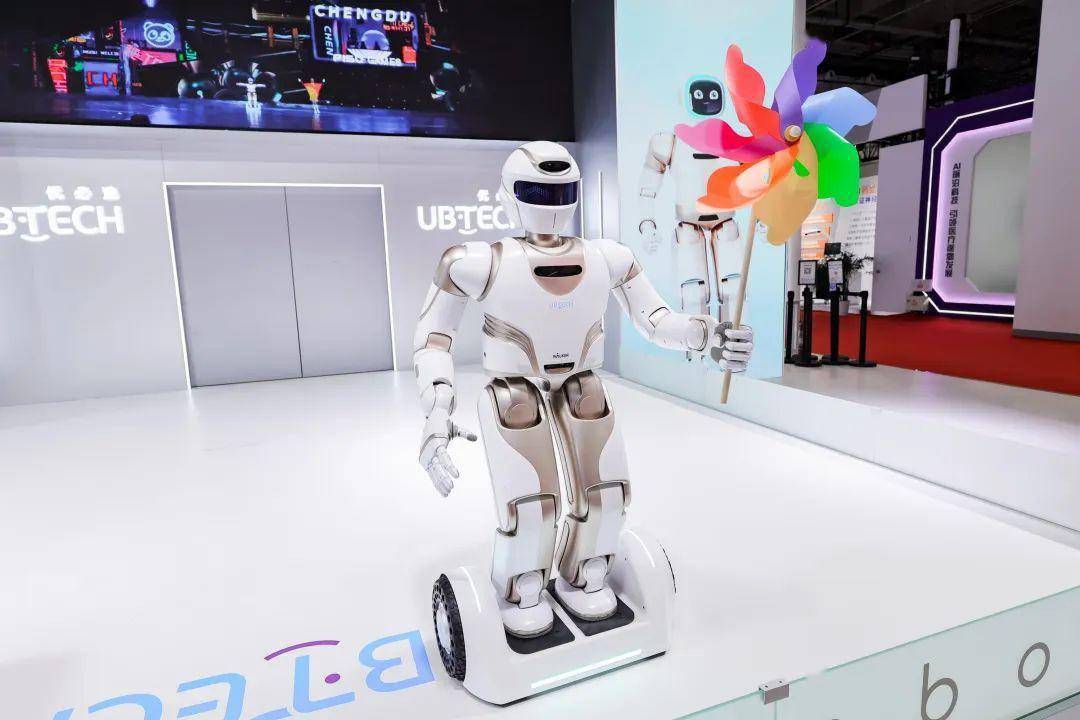
In fact, just making a walking robot is not an easy challenge. Humanoid robots need to overcome three main obstacles when walking and running: high reaction forces; the possibility of slipping when jumping forward; and the rotational force that reacts on the torso due to faster movement of the legs.
How to enhance the body stability of the robot's whole-body coordination, how to coordinate the robot's arms and upper body to resist the rotational force generated by the feet when walking or running, how to further increase the movement speed and maintain the dexterity of the robot's arms and the entire body? These are all topics that require long-term research and development.
As a subset of robots, humanoid robots generally have a bipedal design, functional arms and "hands", a torso and a head. They have higher degrees of freedom throughout the body and arms and hands, and can do more. Complex actions. Of course, under special circumstances, humanoid robots can also have appropriate changes. For example, the "human legs" can also be changed to ostrich legs with "knees" facing backward (such as the legged robot developed by Agility). The structure of the feet can be changed according to different Adapt the scene again.
The dynamic walking process of a bipedal robot is a pulse hybrid system containing nonlinear differential equations (continuous motion) and algebraic equations (collision process). The actual form of pulse thrust is more complex. Some researchers have found that a bipedal robot walking on level ground has two feasible motion switching modes (two-phase gait and three-phase gait).
Which one is more labor-saving, walking or jumping? Many times, biology will discover something that we may not know from our common sense.
Some researchers have found that jumping is a gait that appears briefly in children aged four or five, and this may be a more natural gait choice under low weight or low gravity conditions. Why did the Apollo astronauts jump rather than walk on the moon? Because of the lower gravity on the moon, they returned to the gait habits of four or five-year-old children.
Researchers found that in the bouncing gait, trotting and galloping (quadrupeds), running and jumping (bipeds) were separated. Energy curve analysis found that under certain limited weights, the jumping of bipeds Gait, on the other hand, is a more efficient energy expenditure.
Because of this, posture control of humanoid robots is by no means an easy task. Even slight changes in height and weight will cause fundamental changes in the posture control system. The reason why human walking is more natural is due to the long enough evolution of the nervous control system from children to adults and sufficient training and adaptation to natural changes in weight. time.
The development cycle of humanoid robots is certainly not as long as the evolution of humans. Compared with a humanoid robot with a height of 0.8 meters and a humanoid robot with a height of 1.6 meters, the difficulty of posture control is not only twice the difference. We have seen the evolution of UBTECH's Walker series over the generations. The completion of every action is also the accumulation of long-term research and development progress.
It is understood that as of June 30, 2023, UBTECH full-stack technology has more than 1,800 patents related to robots and artificial intelligence, of which more than 900 are invention patents and more than 380 are overseas patents; 2020- During 2022, UBTECH's R&D expenses will account for an average of more than 50% of annual revenue.
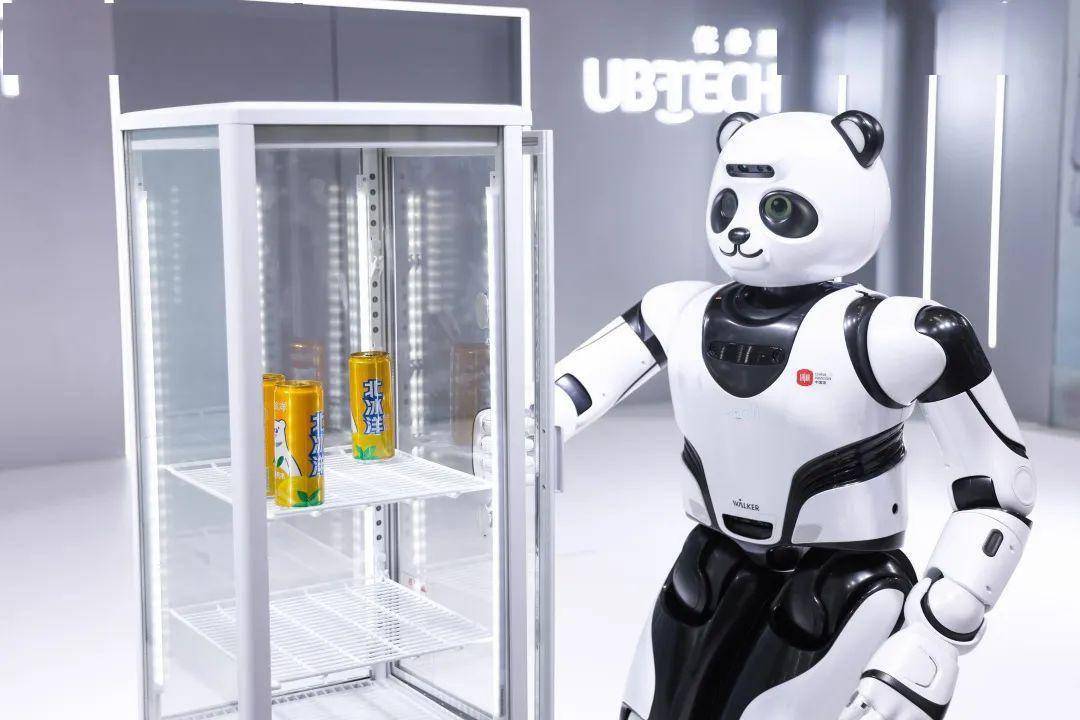
As mentioned above, China has become the “main force” in global innovation of humanoid robots and has introduced a number of policies that are beneficial to humanoid robots. In the future, as the first choice of the "national team" of humanoid robots, it is expected to use its own technological accumulation to find opportunities for humanoid robots to be implemented in more scenarios.
Taking elderly care as an example, a research team recruited 126 elderly people over 65 years old from the United Kingdom and asked them to watch videos of three different robot types (pet robots, humanoid robots, and desktop robots), and conduct A questionnaire survey on the Negative Attitude towards Robots Scale (NARS) and the Robot Anxiety Scale (RAS). It was found that participants showed more positive attitudes and pleasant feelings toward humanoid robots. Therefore, humanoid robots can be used in large quantities in these scenarios.
Different from the positioning of highly specialized robots, the future service goals of humanoid robots will be broader and can work in the same diverse environments as human society. Although humanoid robots currently face problems in parts costs, software and hardware collaboration, and motion control systems, as these problems are solved step by step, the humanoid robot industry will truly enter another big industry comparable to new energy vehicles. The era of explosion.
The above is the detailed content of The era of humanoid robots is coming: from market launch to industrial manufacturing. For more information, please follow other related articles on the PHP Chinese website!
 How to write the InsertInto statement
How to write the InsertInto statement The difference between Hongmeng system and Android system
The difference between Hongmeng system and Android system Data Structure and Algorithm Tutorial
Data Structure and Algorithm Tutorial Three methods of gpu virtualization
Three methods of gpu virtualization What software is zoom?
What software is zoom? Solution to the problem that exe files cannot be opened in win10 system
Solution to the problem that exe files cannot be opened in win10 system Is Bitcoin trading allowed in China?
Is Bitcoin trading allowed in China? What is soft routing
What is soft routing



